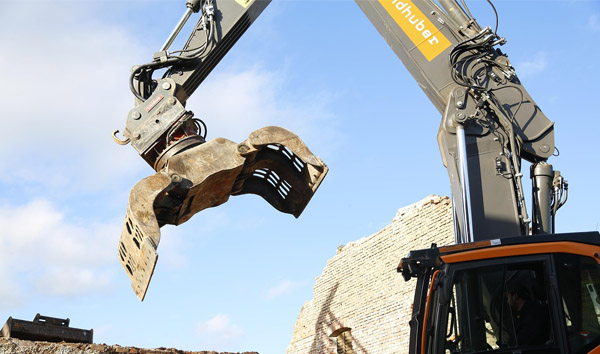The Future of Rough Terrain Material Handling Forklifts: Innovations and Industry Trends
2025-08-02 04:00:30
The evolution of rough terrain material handling forklifts has been driven by the need for reliable equipment in construction, agriculture, and mining sectors. Unlike standard forklifts, these machines are engineered with reinforced frames, high-traction tires, and powerful engines to navigate uneven surfaces. Recent data from the Industrial Truck Association (ITA) indicates a 12% year-over-year growth in sales, reflecting their increasing adoption in demanding work environments.
One of the standout features of modern rough terrain material handling forklifts is their enhanced stability control systems. Advanced hydraulic systems and load-sensing technology ensure safe operation even on steep inclines or loose soil. Manufacturers like Caterpillar and JCB have introduced models with adaptive suspension, reducing operator fatigue and improving efficiency. According to a 2023 industry report, these innovations have contributed to a 15% reduction in workplace accidents involving Rough Terrain Forklifts.
Another critical factor is the integration of telematics and IoT in rough terrain material handling forklifts. Real-time monitoring of engine performance, fuel consumption, and maintenance alerts allows fleet managers to optimize operations. For example, John Deere’s latest models feature predictive maintenance algorithms, which have been shown to extend equipment lifespan by up to 20%. This technological leap is reshaping how businesses manage their material handling fleets in remote or rugged locations.
Sustainability is also becoming a priority in the rough terrain forklift market. Hybrid and electric models are gaining traction, with companies like Toyota and Hyster introducing battery-powered alternatives. A recent study by McKinsey & Company predicts that by 2025, 30% of all rough terrain material handling forklifts sold will be electric, driven by stricter emissions regulations and lower operational costs. These eco-friendly options are particularly appealing for industries aiming to reduce their carbon footprint.
Looking ahead, the rough terrain material handling forklift industry is poised for further innovation. Autonomous operation, AI-driven navigation, and enhanced safety features are expected to dominate future developments. With global infrastructure projects on the rise, the demand for these versatile machines will only grow. Industry analysts forecast a compound annual growth rate (CAGR) of 8.5% through 2030, solidifying their role as indispensable tools in heavy-duty material handling.













